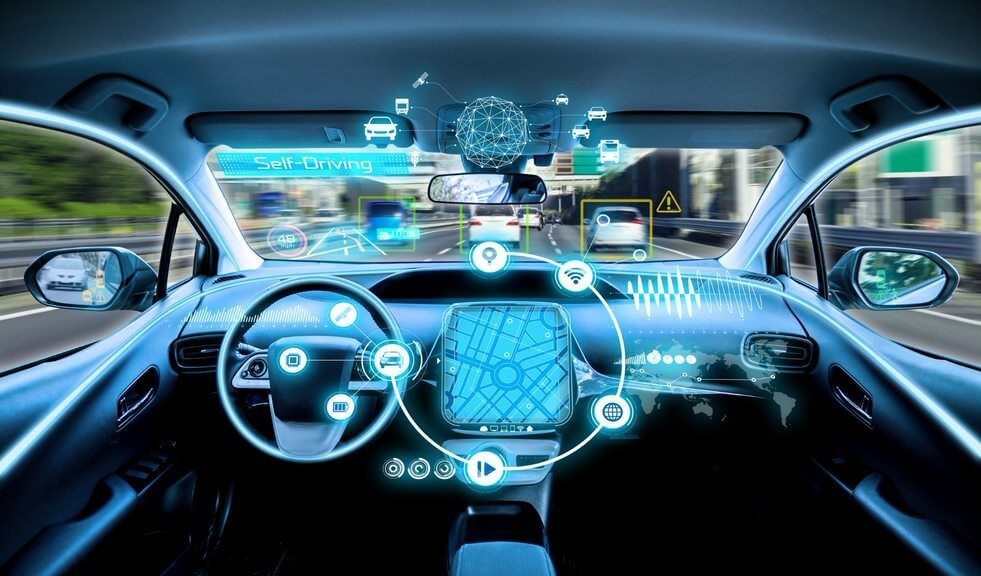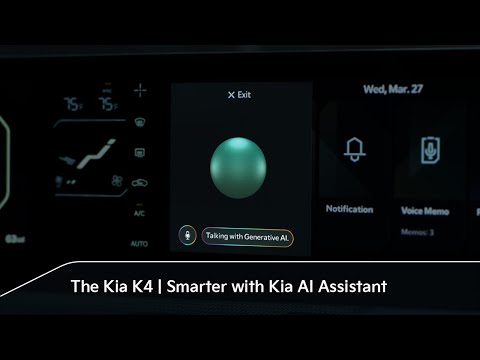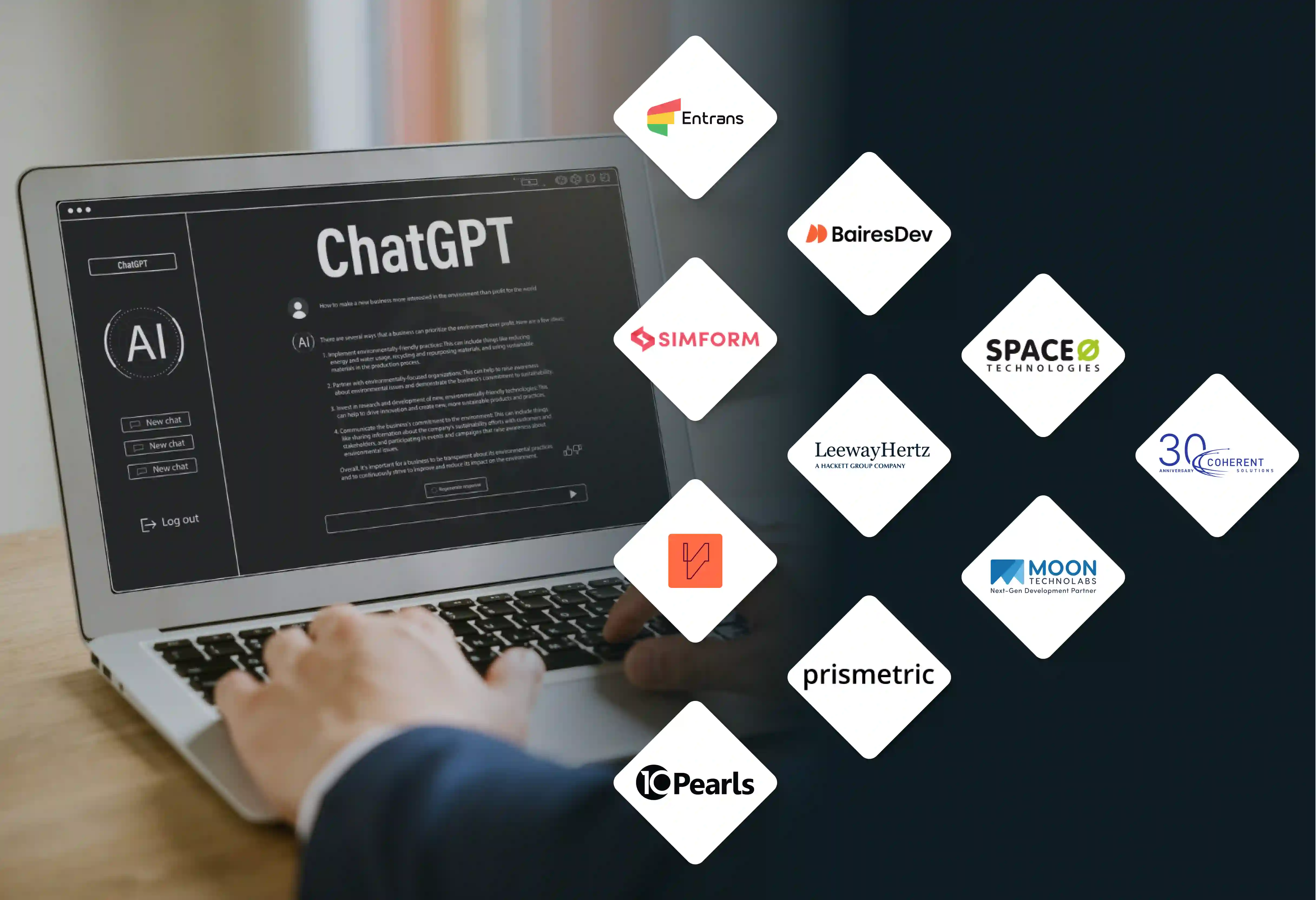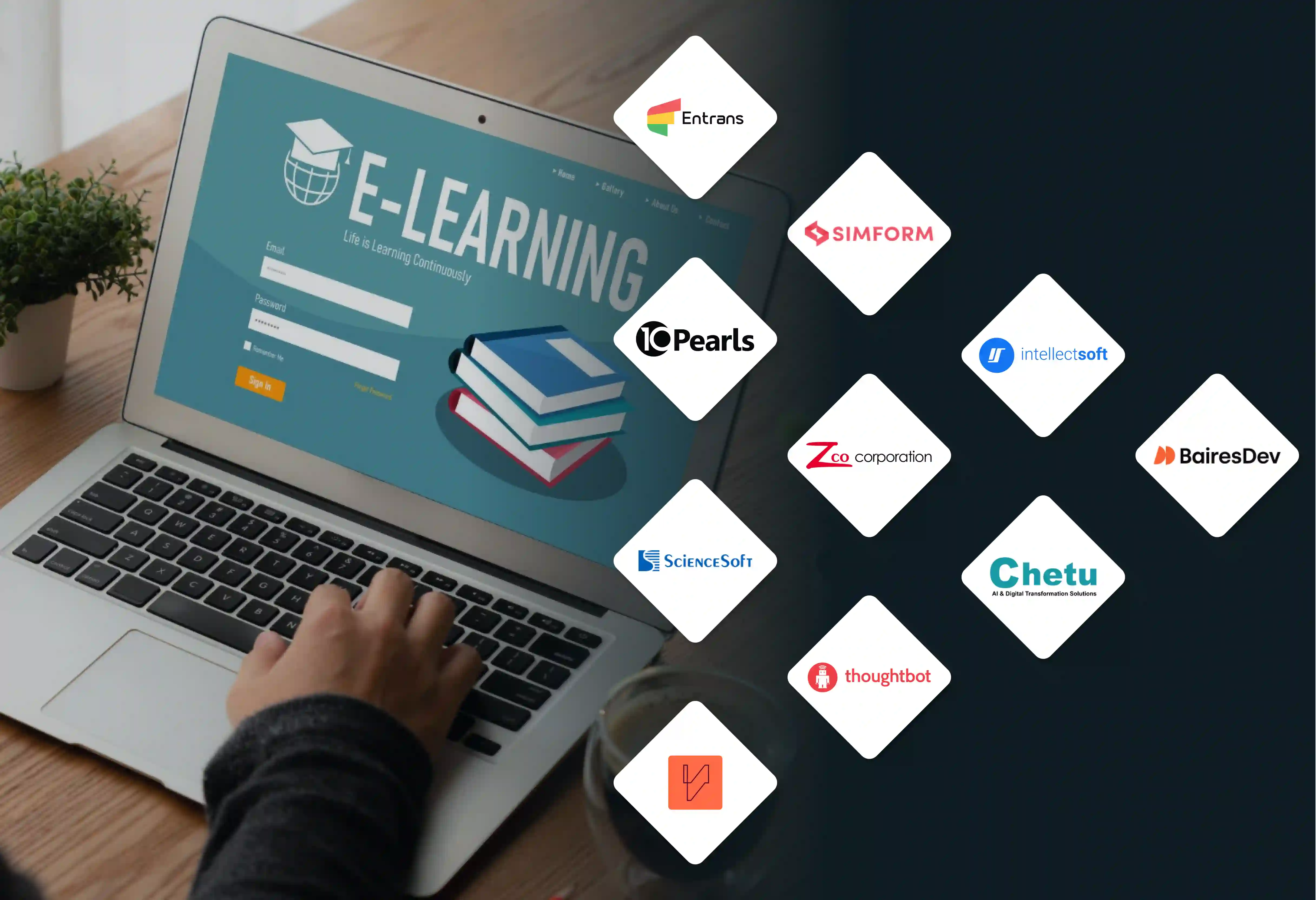


Gen AI enhances map accuracy by learning from real-time data and creating detailed road layouts, benefiting navigation systems and autonomous driving.
This allows cars in companies like Tesla to have detailed information on routes, driver preferences, and even the movement of traffic in specific areas.
Developers using this can incorporate real-time updates, allowing cars to avoid roadblocks or adapt to new traffic patterns a lot easier. For users, this translates to more accurate routes, better ETAs, and reduced travel times.
AI processes sensory data from cameras, LiDAR, and radar to understand the vehicle's environment, aiding in safety and navigation.
This helps improve the way vehicles park and how they move within specific areas or spaces.
For users, it enhances trust by reducing false alarms or missed detections during driving. The continuous advancements in perception systems empower engineers to fine-tune sensor placements and calibrations, leading to cost-efficient and high-performance designs.
Developers can create smarter algorithms that predict and adapt to driver behavior, enhancing road safety. For users, it offers smoother rides with fewer abrupt stops or inefficient decisions.
The ability to simulate diverse environments during development helps engineers refine the vehicle’s responses to unpredictable scenarios, increasing the robustness of self-driving systems.
Predictive modeling forecasts maintenance needs, optimizing vehicle uptime and reducing breakdown risks. Engineers can use these insights to design components with a longer lifespan by anticipating wear and tear under different conditions.
For users, predictive alerts ensure timely repairs, reducing unexpected disruptions. Developers also benefit from feedback loops that improve the model's accuracy over time, minimizing the cost of warranty claims and recalls.
Virtual environments created by Gen AI allow automakers to test designs and features without costly physical trials. Developers can test scenarios that would be dangerous or impractical in real life, such as extreme weather conditions or rare edge cases.
For users, this ensures vehicles meet the highest safety standards before they hit the road. Automakers also gain insights into potential flaws early in the design phase, saving time and resources during development.
AI-driven decision systems assist vehicles in making real-time choices, such as braking or lane changes, to enhance safety. Developers can analyze millions of simulated and real-world driving events to fine-tune these decisions, ensuring reliable outcomes.
For users, it provides peace of mind knowing that the vehicle reacts promptly and effectively in emergencies. The iterative improvement process allows engineers to reduce system latency and achieve consistent results under varying conditions.
Data is the backbone of generative AI systems in the automotive industry. By leveraging diverse and high-quality datasets, Gen AI models can make accurate predictions, simulate complex scenarios, and optimize designs. Proper data curation ensures that AI remains reliable and relevant to industry needs.
Automated data pipelines make it faster and easier to manage data for AI in cars. For drivers, this means smoother navigation, quicker updates on road conditions, and better safety alerts.
For automotive companies, however, it speeds up testing new features and improving vehicle performance. These pipelines cut down on errors and ensure data is ready when needed, so everything works without delays.
Embedding models turn complex car data into easy-to-read formats that machines can understand. For drivers, this helps AI systems like virtual assistants give accurate responses or suggest smarter routes.
This makes creating new features faster and more reliable for automotive companies. These models make sure car systems and design tools work well together, saving time and effort.
Vector databases store and organize data so it can be quickly found when needed. Drivers benefit because features like image recognition or part identification happen faster, which means better in-car experiences.
This feature tool in automotive industries speeds up tasks like testing new designs or optimizing parts. These databases ensure data is always ready and easy to use.
The orchestration layer makes sure all the different parts of AI systems work together smoothly. For drivers, it means reliable features like real-time traffic updates or automated controls.
From a product development standpoint, you can run multiple tasks, like testing and refining AI models, without worrying about conflicts. This layer keeps everything organized and efficient.
Query execution helps systems find the answers they need quickly. For drivers, this means faster route calculations, instant weather updates, or quick vehicle diagnostics.
For automotive manufacturers and engineers, this can pull reports or data insights faster, helping them improve features more effectively. Quick responses keep everything running smoothly.
Large Language Models (LLMs) process text-based inputs to deliver conversational AI capabilities in vehicles. Maintaining contextual relevance and response accuracy is vital for user satisfaction.
Output generation takes insights from AI and turns them into clear actions or alerts. Drivers might see suggestions for the best routes, fuel-saving tips, or safety warnings.
Getting data visualizations or actionable steps to improve car designs becomes a lot easier for automotive companies with this in place. Allowing the creation of Clear outputs helps everyone make better decisions quickly.
Feedback systems let AI learn from what’s working and what’s not. For drivers, this means features that get better over time, like navigation that learns preferred routes.
Moreover, for automobile manufacturers, this gives you better feedback to refine models and test changes faster. Continuous improvement keeps everything up-to-date and user-friendly.
Agents, like virtual assistants, make cars smarter and more interactive. Drivers can use them for hands-free navigation, entertainment, or help with car settings.
Manufacturers can experiment with adding voice commands or touch-free controls. These agents make vehicles easier and more fun for drivers or anyone experiencing transport in an AI-powered vehicle.
LLM caching saves frequently used responses, making interactions faster. Drivers notice quicker answers from voice assistants, even on repeat questions.
Designers can manage AI operations better, ensuring they work smoothly without delays. It’s all about making AI efficient and cost-effective.
Transformers process large amounts of text data to improve how cars communicate with drivers. They make voice commands more accurate and conversational in real-time, improving the driving experience.
These models can also summarize maintenance instructions, making them easy to follow for drivers and technicians. Additionally, transformers help personalize in-car entertainment by suggesting music, podcasts, or navigation routes based on user preferences.
VAEs help create innovative designs for car interiors and exteriors by exploring countless possibilities. They analyze existing layouts and suggest efficient alternatives, saving time in the design phase.
Engineers use VAEs to improve aerodynamics, fuel efficiency, and aesthetic appeal in vehicle prototypes. They also enable customization by generating designs tailored to specific customer needs or market trends.
GANs create virtual driving scenarios to test safety features like automatic braking or lane assistance. These simulations help identify risks and improve systems without needing real-world trials.
GANs also generate synthetic data for training self-driving cars, making them safer and smarter. Additionally, they can help visualize new car designs and color options before physical production begins.
RNNs help in-car assistants understand and respond to natural speech patterns. They ensure the system can handle continuous conversations, like answering follow-up questions.
These networks improve route planning by analyzing historical traffic patterns and predicting future conditions. RNNs also enable voice-to-text systems, helping drivers stay focused on the road while creating notes or messages.
LSTMs analyze long-term data from sensors to predict when parts might fail. This helps schedule repairs before problems arise, reducing breakdowns and repair costs. They also improve battery management in electric vehicles by predicting usage patterns over time.
Additionally, LSTMs optimize fleet management for logistics companies by analyzing trends in vehicle performance and usage.

Tesla's Autopilot system uses advanced AI for vision and planning to achieve full self-driving capabilities. The company collects extensive real-world data to train its AI models, improving the performance of autonomous driving features.
Tesla has developed the Dojo supercomputer to process vast amounts of video data, which enhances machine learning models for self-driving technology.
The Full Self-Driving system has introduced features like vision-based Autopark, moving closer to complete autonomy. Beyond vehicles, Tesla's AI strategy includes projects like the Optimus humanoid robot, showcasing broader applications of its AI expertise.

Kia's EV3 model features an AI assistant powered by OpenAI's ChatGPT, offering intuitive voice interactions for drivers. The AI assistant helps with trip planning, vehicle control, and entertainment, making the driving experience more engaging.
Kia Global Design employs generative AI tools to speed up the automotive design process, encouraging innovation and efficiency. The ChatGPT-based AI integration enables natural language understanding, ensuring user-friendly interactions.
Additionally, Kia's AI initiatives focus on delivering personalized driving experiences and predictive maintenance, aligning with evolving automotive trends.
Ready to drive innovation in automotive manufacturing? Let’s get on a detailed discussion on how generative AI can be beneficial in the automotive industry. Contact us today!






